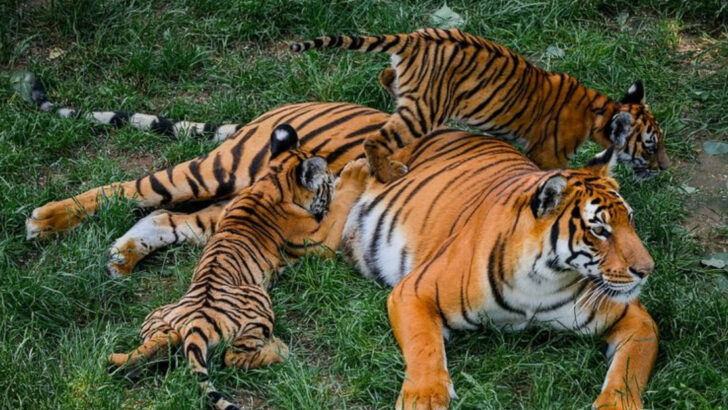They’re powerful, mysterious, and dangerously close to disappearing forever. Big cats have ruled forests, mountains, and grasslands for centuries—but now, many are down to their final battalions. Their roars are fading, their territories shrinking, and their futures hanging by a thread. Some are fighting for survival with only a few hundred left in the wild. Others may already be on the edge of vanishing without ever getting the spotlight they deserve. This isn’t just a list of majestic animals—it’s a call to look closer at the species we’re at risk of losing forever. Let’s meet six endangered big cats worth every ounce of protection—and two whose countdowns may already be ticking too fast.
Amur Leopard

With fewer than 100 individuals left in the wild, the Amur Leopard is one of the most endangered big cats worldwide. Known for its beautiful, thick coat of fur, this elusive feline roams the forests of Russia and China.
The Amur Leopard has adapted to cold climates with its long legs and fur-lined paws. Unfortunately, poaching and habitat destruction threaten its survival. Conservation efforts focus on protecting its habitat and monitoring its population.
Did you know? The Amur Leopard can leap over 19 feet in a single bound, making it an extraordinary hunter.
Sumatran Tiger

The Sumatran Tiger, native to the Indonesian island of Sumatra, is critically endangered with fewer than 400 left in the wild. It’s the smallest of the tiger subspecies, but its striking orange and black stripes make it no less formidable.
This tiger’s adaptability allows it to thrive in dense forests, but deforestation and poaching pose significant threats. Conservation programs are working to preserve its natural habitat and combat illegal hunting.
Interesting fact: The Sumatran Tiger has webbed feet, enabling it to be an excellent swimmer in its island home.
South China Tiger

Once roaming the forests of Southern China, the South China Tiger is now functionally extinct in the wild. A small population remains in captivity, preserving this rare subspecies.
This tiger’s striking golden-red coat sets it apart from its relatives. Efforts are underway to reintroduce captive-bred tigers back into protected reserves. However, time is running out for this majestic animal.
Fascinatingly, the South China Tiger has a storied place in Chinese culture, symbolizing strength and courage. Its preservation is vital to maintaining biodiversity.
Iberian Lynx
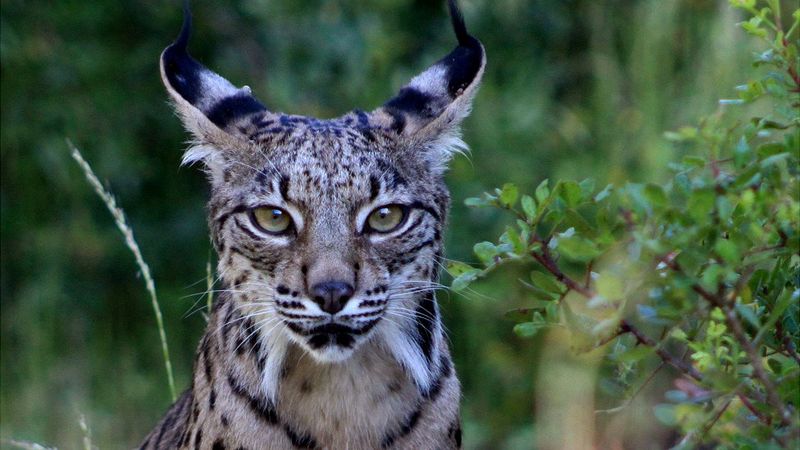
The Iberian Lynx, once teetering on the brink of extinction, has made a remarkable comeback. Found in the wilds of Spain and Portugal, its population is slowly recovering, with over 400 individuals today.
This lynx is known for its tufted ears and beautiful spotted coat. Conservation efforts focus on protecting its habitat and increasing its prey, the European rabbit.
Did you know? The Iberian Lynx is an expert hunter, relying on its keen senses to stalk and ambush prey, ensuring its continued survival in the wild.
Snow Leopard
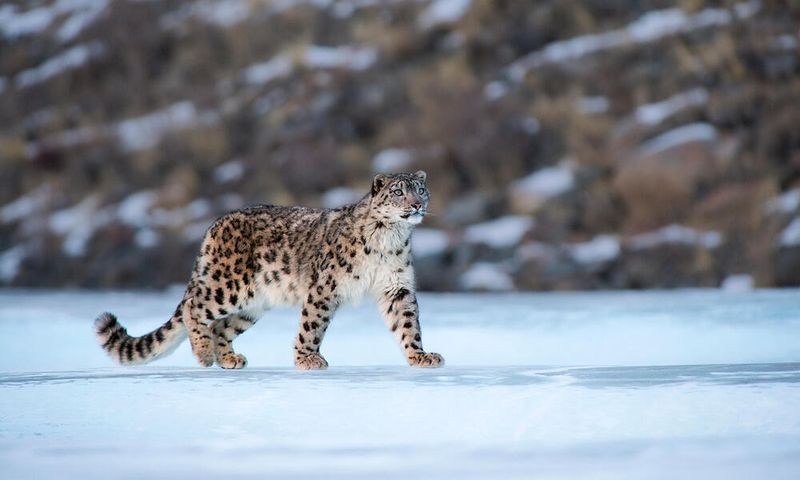
The enigmatic Snow Leopard, prowling the high mountains of Central Asia, is a symbol of grace and power. Its population is dwindling, with an estimated 4,000 left in the wild.
Adapted to cold and rugged terrain, this big cat’s thick coat and long tail provide warmth and balance. Habitat loss and poaching continue to threaten its existence. Conservationists are working to mitigate human-wildlife conflict and preserve its natural habitat.
Fun fact: Snow Leopards can leap up to 50 feet in pursuit of prey, showcasing their incredible agility.
Borneo Bay Cat
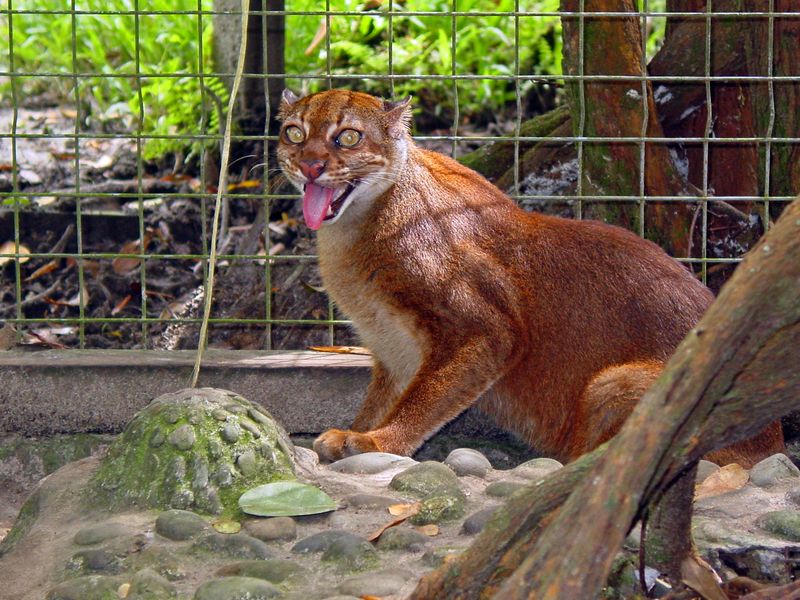
The Borneo Bay Cat is one of the least known and rarest wild cats, residing in the dense rainforests of Borneo. With its reddish-brown fur and elusive nature, it’s a ghostly figure in its habitat.
Little is known about this secretive feline, adding to its mystery. Deforestation poses a significant threat to its survival, urging immediate conservation actions.
Curiously, the Borneo Bay Cat was only scientifically described in 1992, highlighting the ongoing discoveries in the animal kingdom. Protecting its habitat is critical for its future.
Javan Tiger
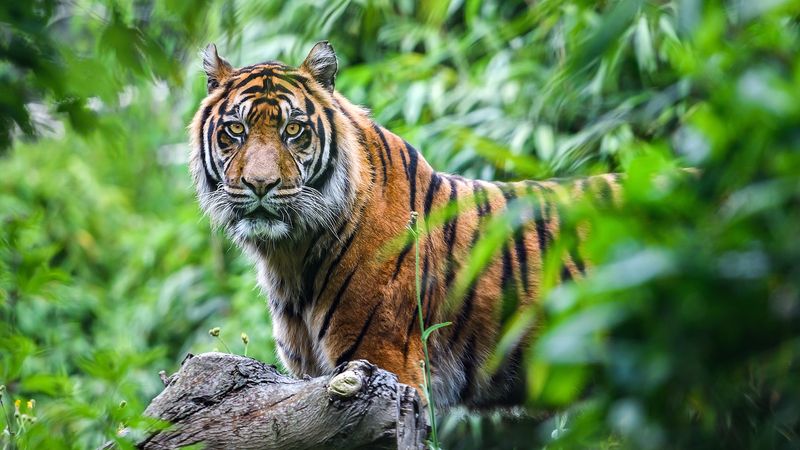
The Javan Tiger, once native to Java, Indonesia, is feared extinct due to habitat loss and hunting. Its striking dark stripes made it a majestic predator in the dense forest.
Efforts to locate remaining individuals have been unsuccessful, sparking debates about its existence. Some believe there’s still hope, with unconfirmed sightings reported.
Historically, the Javan Tiger played a significant role in local folklore, symbolizing power and mystery. Its potential loss underscores the urgent need for habitat preservation and anti-poaching measures.
Caspian Tiger
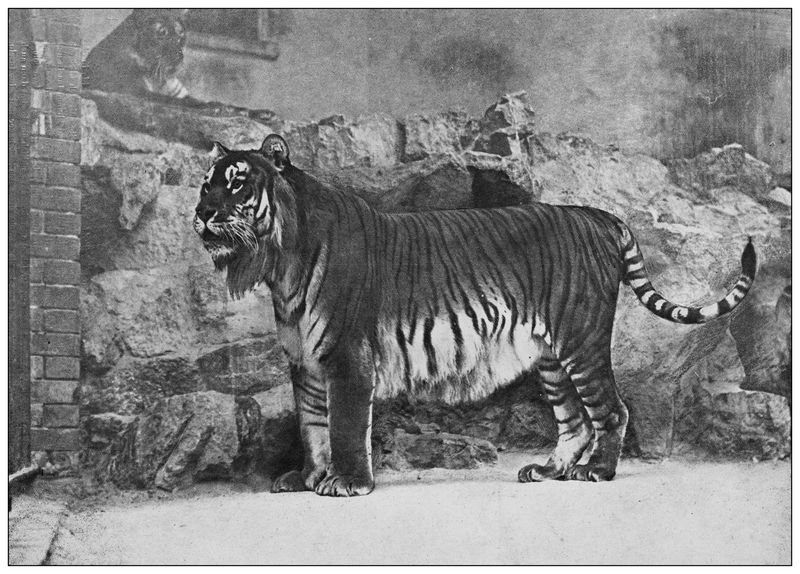
Once a dominant predator across Central Asia, the Caspian Tiger was officially declared extinct in the late 20th century. Its bold stripes and robust build made it a formidable hunter in its time.
Habitat destruction and overhunting led to its demise, but its legacy lives on. Efforts to reintroduce related tigers to its former range are being explored.
Did you know? The Caspian Tiger was known for its incredible strength and adaptability to various climates, highlighting nature’s resilience and the importance of conservation.

